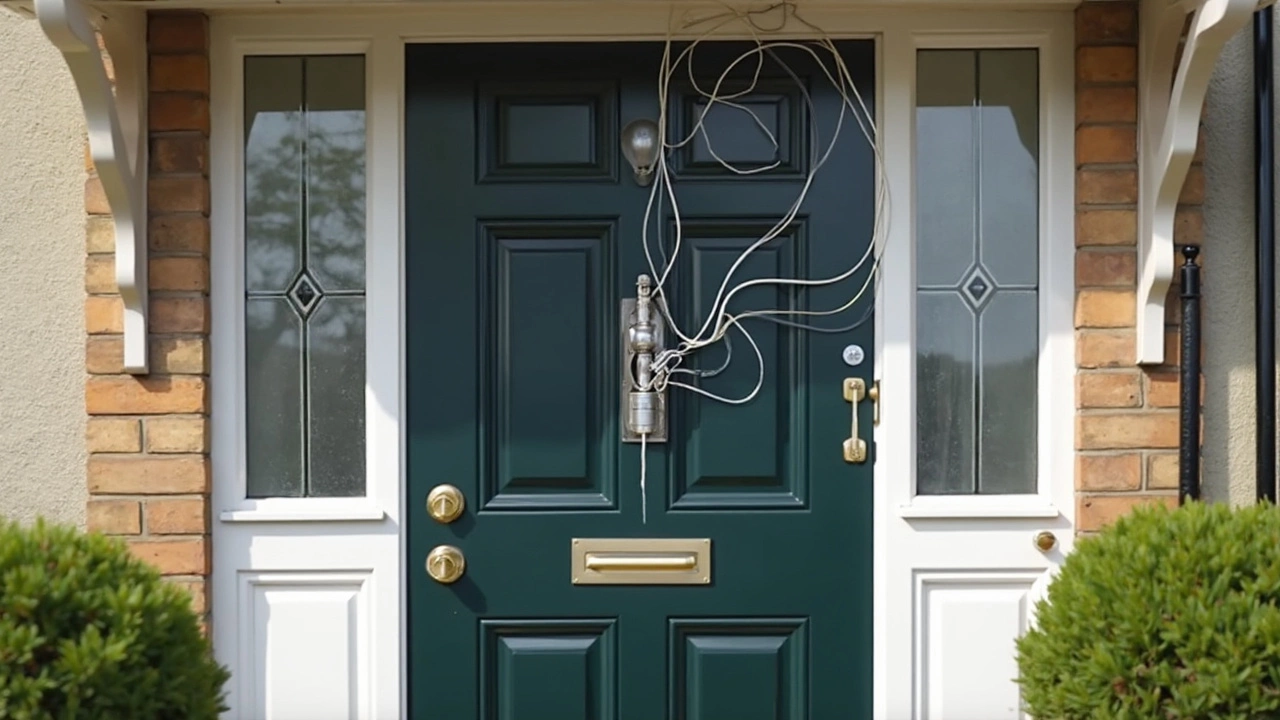Going wireless can make a home security system feel a lot less messy. No cables, easy placement, and the ability to move cameras around as your needs change. But the word "wireless" covers a lot of ground – from battery‑run cameras to Wi‑Fi doorbells that stream live video to your phone. Let’s break down the basics so you can pick gear that actually works for you.
Most wireless cameras use your home Wi‑Fi network to send video to the cloud or directly to an app on your phone. That means you need a solid internet connection and a router that can handle a few extra streams. If your Wi‑Fi signal is weak where you want to mount a camera, you’ll see lag or dropped footage. A simple fix is to add a Wi‑Fi extender or place the camera closer to your router.
Battery‑powered models give you flexibility, but they still need a Wi‑Fi link. Expect to change batteries every few months if you record in high resolution. Solar‑panel kits exist, but they’re pricey and work best in sunny spots.
Video doorbells are a popular wireless upgrade. Look for three things: power source, video quality, and storage. Some doorbells plug into existing doorbell wiring, which means they stay on even if the battery dies. Others run on rechargeable batteries – great for renters but you’ll need to charge them regularly.
Resolution matters. A 1080p camera gives clear faces, while a 720p chip can feel blurry at night. If you want footage saved without a monthly fee, pick a model with local storage (microSD) or a cloud plan that offers a free tier.
Finally, check privacy settings. Most apps let you set who can see the video feed and let you turn off the microphone when you’re not home.
Now that you know the basics, here are a few quick tips to keep your wireless setup running smoothly:
Wireless doesn’t mean you can skip planning. Take a quick walk around your property, note where you have a good signal, and match each device to the spot that fits its power needs. When you do, you’ll enjoy the freedom of a clean‑look system that still watches every angle.
Ready to upgrade? Start with one camera or a doorbell, test the connection, and expand from there. The more you learn about how each piece works, the easier it is to build a reliable, fully wireless security network that gives you peace of mind without the headache of tangled wires.

Stuffing a smart doorbell into your front door might sound high-tech, but do you really need to get your hands dirty with wires? This article clears up whether hardwiring is essential or just an old-school way to power your smart doorbell. It breaks down the pros and cons, explores wireless options, and throws in real tips so you won't regret your next buy. Whether you're renting or own your home, you'll know exactly what suits your place best. No guesswork, just practical advice that actually helps.

When Wi-Fi goes down, homeowners with SimpliSafe wireless alarm systems may wonder about their home's security. SimpliSafe systems are designed to handle connectivity issues, maintaining basic functionality even if Wi-Fi is unavailable. This article explores how SimpliSafe operates without Wi-Fi, the implications for users, and practical tips for ensuring uninterrupted security. Understanding these features can help users feel more secure and prepared in case of Wi-Fi disruptions. Learn how SimpliSafe keeps your home protected even in a Wi-Fi blackout.

Confused about whether ADT systems are cellular or wireless? This article breaks down the differences and how each impacts your home security. Discover why ADT combines these technologies, offering seamless communication and enhanced protection. Learn practical tips on choosing what's best for your needs. Get a clearer picture of your alarm system and make informed decisions for your safety.